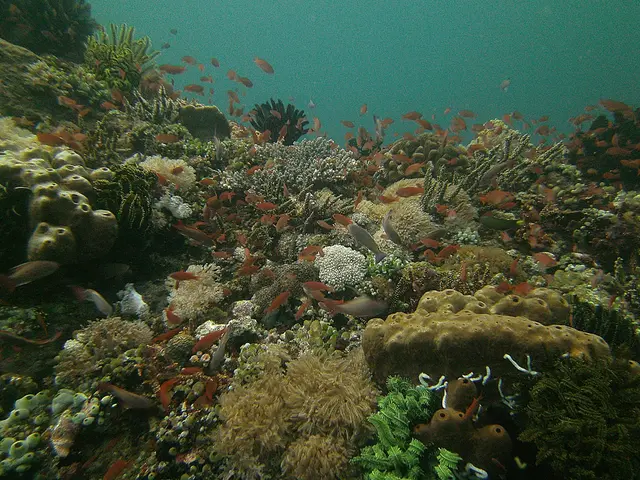China Sets First-Ever Absolute Emissions Reduction Goal by 2035
China, the world's largest emitter of greenhouse gases, has set its first-ever absolute emissions reduction goal. President Xi Jinping announced the target as global climate politics intensify and nations update their 2035 climate plans under the Paris Agreement.
Xi's pledge is a significant step, targeting a 7 to 10 percent reduction in emissions by 2035 compared to the country's peak. This is China's first absolute emissions reduction goal, covering all greenhouse gases and economic sectors. The announcement comes amidst remarkable clean energy growth in China, with $625 billion invested in renewables in 2024, surpassing Europe and North America combined. China aims to expand wind and solar capacity to a staggering 3,600 gigawatts by 2035, with its renewable pipeline already exceeding 1 terawatt, more than double the EU's total capacity. To support these reductions, China plans to increase the share of non-fossil fuels to over 30 percent of total energy use by 2035 and strengthen its national emissions trading market.
Recent data suggests that China's emissions may have already peaked, with a 2 percent drop in power sector emissions and a 1 percent overall drop in the first half of 2025.
China's first absolute emissions reduction goal is a substantial commitment, aligning with global efforts to tackle climate change. With its ambitious renewable energy targets and plans to boost non-fossil fuel use, China is demonstrating a strong commitment to reducing its environmental impact.
Read also:
- Overcoming Yielding Regulations Hurdles in Indian Export Sector for EU Markets
- Palisades Fire Threatens UCLA Neighborhoods, Resident Proposes Rezoning
- A community of individuals navigating the same journey of infertility stands together in camaraderie
- Vibrant Correspondence Between Elena and Camilla Unveiled







